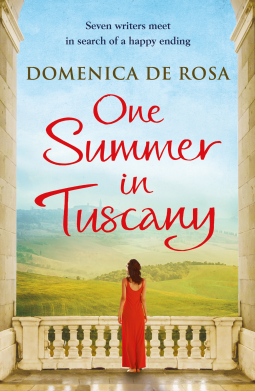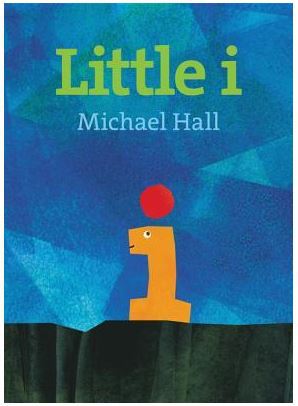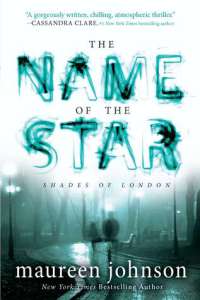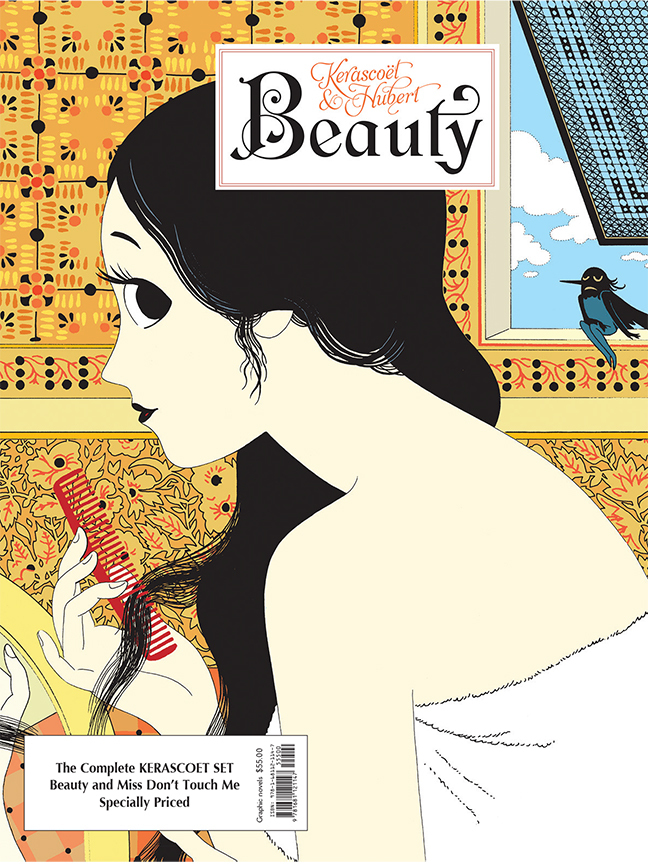It is cold, gray and wet again this morning in New Orleans; the high is predicted to be 42. 42! Honestly. I turned the heat on yesterday and honestly, forgot to turn it off before i left for the day–and usually this makes the upstairs an inferno. Nope, it was merely comfortable up there when I got home from work last night. So, I turned it off when I went to bed, and turned it back on again this morning as I shiver at my computer. Heavy sigh.
But Paul comes home tonight, hurray! And it’s also Friday, so I have a short day today to usher in the weekend. I got an unexpected royalty check yesterday–it’s so lovely that the Frat Boy books from Kensington are still selling, all these years later–and that altered my weekend errand plans somewhat. There’s also no Saints game on Sunday, nor any college football, so I have absolutely no excuse to not clean and edit and write this weekend. I do hate that college football season is over almost entirely, but hey–what can you do? LSU did far better than I could have hoped after a rocky start, and the Saints did a lot better than I thought they would have, especially after that 0-2 start.
Last night, I finished reading Patricia Highsmith’s The Blunderer, and started rereading Larry McMurtry’s The Last Picture Show, which is my favorite novel of his. I read it the first time when I was about twelve, I think; and have reread it several times since; but I haven’t read it again in over twenty years, and I found a copy when I was cleaning out the storage unit and dragged it out. It’s not the first book people think of when they think of McMurtry–that would most likely be his Pulitzer Prize winning Lonesome Dove–and I’ve read a lot of McMurtry–not all of it, certainly–but I’ve always had a special regard for this novel. But I’ll talk more about that when I’ve finished the reread.
Meanwhile, The Blunderer by Highsmith was quite an interesting read.

The man in dark-blue slacks and a forest-green sport-shirt waited impatiently in the line.
The girl in the ticket booth was stupid, he thought, never had been able to make change fast. He tilted his fat bald head up at the inside of the lighted marquee, read NOW PLAYING! Marked Woman, looked without interest at the poster of a half-naked woman displaying a thigh, and looked behind him in the line to see if there was anyone in it he knew. There wasn’t. But he couldn’t have timed it better, he thought. Just in time for the eight o’clock show. He shoved his dollar bill through the scallop in the glass.
“Hello,” he said to the blonde girl, smiling.
“Hello.” Her empty blue eyes brightened. “How’re you tonight?”
It wasn’t a question she expected to be answered. It wasn’t.
And so begins Patricia Highsmith’s third novel. The thing that is so terrific about Highsmith is you really never know what you’re going to get with her; her plots are fiendishly original and clever, and so deliciously dark and relatable in some way. The Blunderer opens with Melchior Kimmel establishing an alibi for himself by going to see a film and being seen…and once seen and recognized, he keeps going and exits, heads for his car and then follows a bus north. At a designated rest stop he parks out of sight, finds his wife, who has gotten off the bus, convinces her to follow him to go and chat, and once they are out of sight he brutally murders her.
He gets away with it, too–he was seen at the movie theater, remember, and no one saw him at the rest stop. His wife’s murder remains unsolved.
Until lawyer Walter Stackhouse sees a notice in the paper about the murder. It intrigues him. He writes essays, or wants to write essays, about what he calls ‘unequal friendships,’ where one friend is lesser than the other and yet the better friend seems to get dragged along by the other. This murder fascinates him, and he starts trying to think how the husband could have done it and gotten away with it…and actually figures it out. Walter is also unhappily married; his wife, Clara, is frankly awful and is trying to ruin his friendships with other people and isolate him; yet she also makes him terribly unhappy. He tried to leave her once before and she threatened to kill herself, so they patched things up. But he is now introduced to another young woman whom he’s attracted to…and somehow Clara has figured this out and continues to make him miserable.
His idle fascination with the Kimmel murder eventually leads him to visit the bookstore Kimmel owns and operates, orders a book, and decides, after having seen Kimmel, that he must be innocent. His own life, meantime, gets worse. He tells Clara he wants a divorce and she attempts suicide. She gets out of the hospital and is just as awful as ever…and then her mother dies and she has to go back to her hometown in Pennsylvania to attend to things. She takes the bus. Obsessed with the Kimmel case, and wondering if he could, in fact, kill his own awful wife…he follows her bus in his car. When they reach a rest stop, he gets out of his car and looks for Clara…and cannot find her. But he’s seen…and later, Clara’s body is found at the bottom of a cliff. Suicide or murder? The police think it’s suicide at first…but the similarity to the Kimmel case is there….and his own fascination with that case now comes back to bite him in the ass.
I greatly enjoyed this book, as I have all of Highsmith’s that I’ve read thus far, and I love how she deftly changes directions in ways the reader cannot see coming. You can’t help but feel for Walter in his horrible dilemma, and the way his life starts to slowly spiral out of control all because he happened to read about an interesting murder in the newspaper. As the weird connections between the two cases slowly come to light, no one believes Walter is innocent–not the police, his friends, his co-workers, his maid, nor even his new love. It’s an extraordinary story, and the way Highsmith heightens the tension until it’s almost unbearable, the two parallel stories crossing and recrossing, is quite exceptional.
Highly recommended.
Share this:




